New Zealand BusinessNZ manufacturing index dropped to 40.1 in August, down from 62.6, back in contraction. Looking at some more details, production tumbled from 63.9 to 27.7. Employment dropped from 57.9 to 54.5. New orders dropped from 63.7 to 44.4. Finished stocks dropped from 56.8 to 46.1 Deliveries dropped from 56.3 to 33.6.
BNZ Senior Economist, Doug Steel stated that “while many anticipate a bounce in activity as the country progresses down alert levels (all going well on the Covid front), today’s PMI clearly demonstrates the economic pain being felt. This should not be underestimated, even if there is hope for the future. GDP and manufacturing output are expected to fall heavily in Q3. It is something of a reality check in the afterglow of yesterday’s very strong Q2 GDP outcome.”




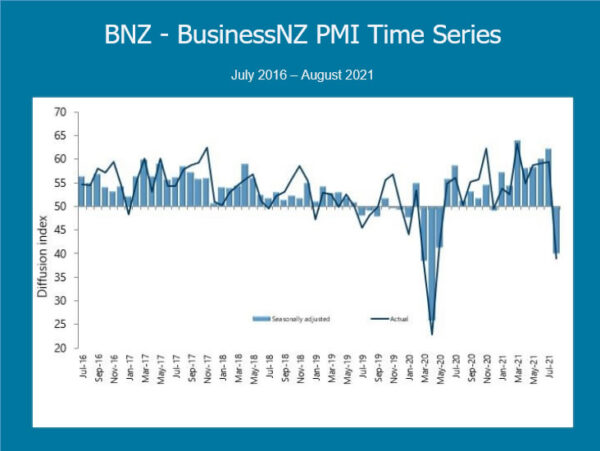
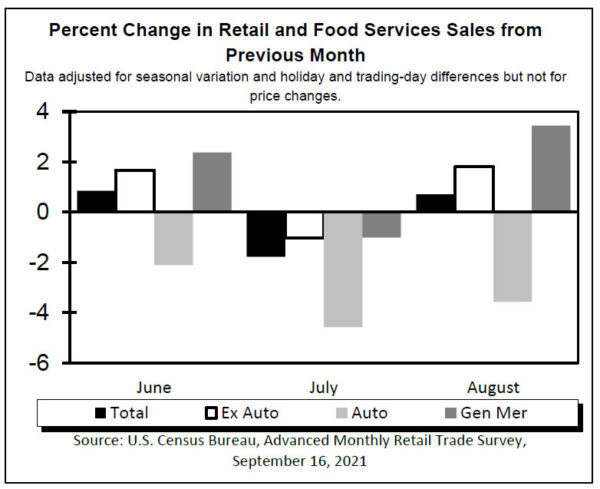
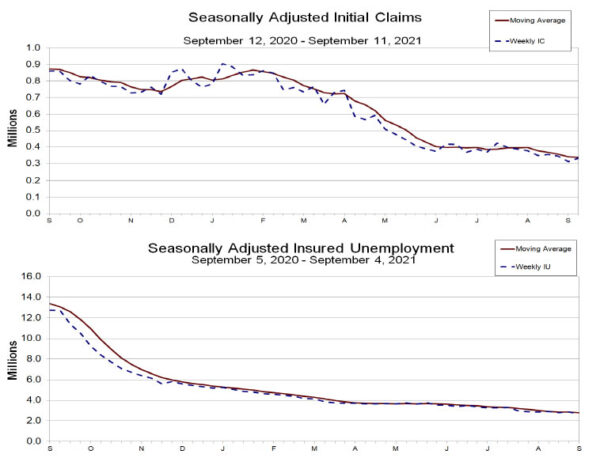
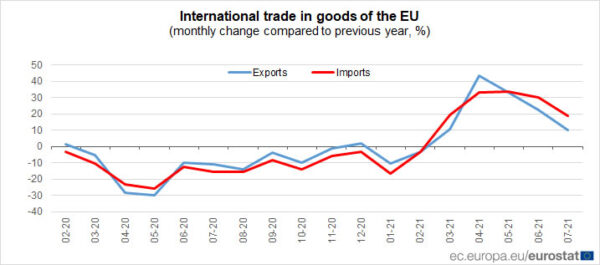
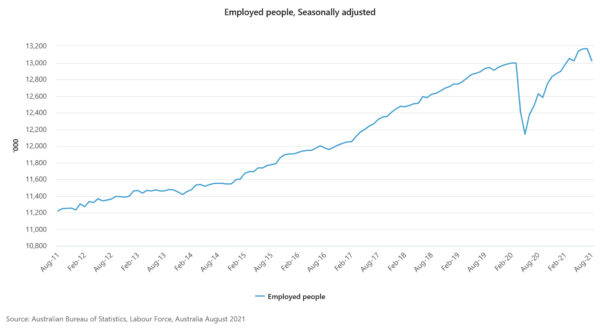
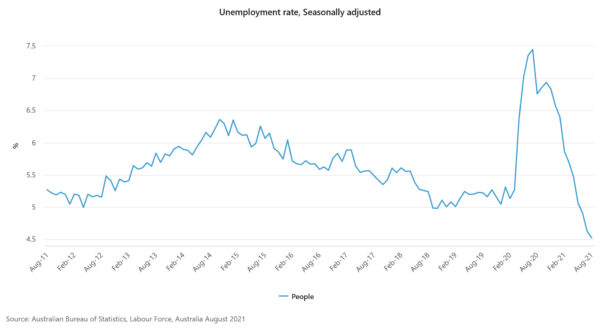
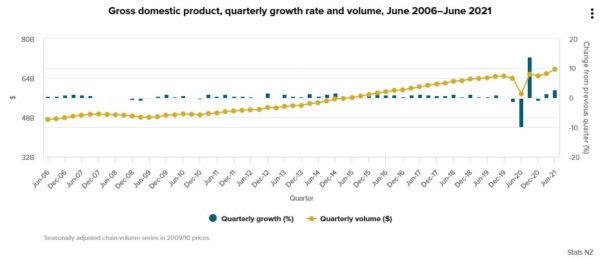
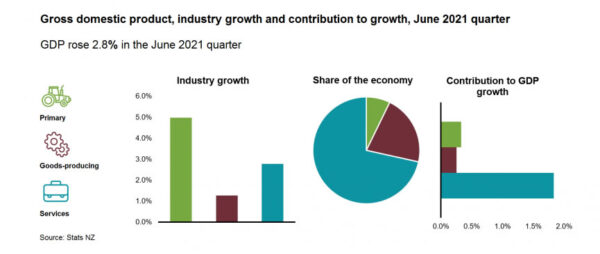
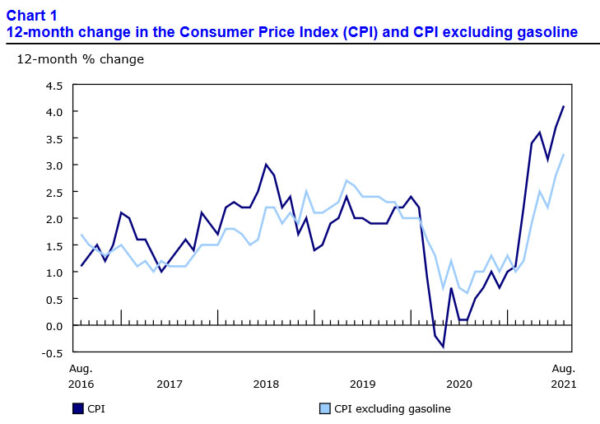
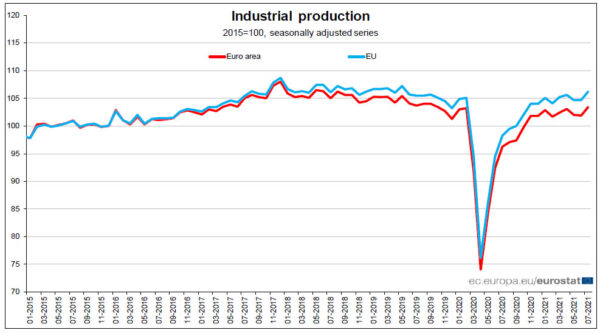
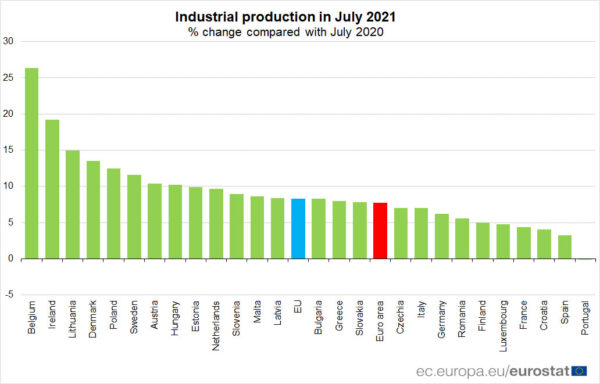
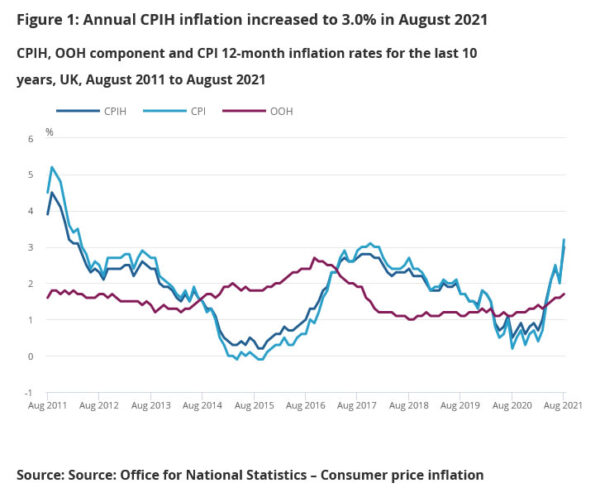
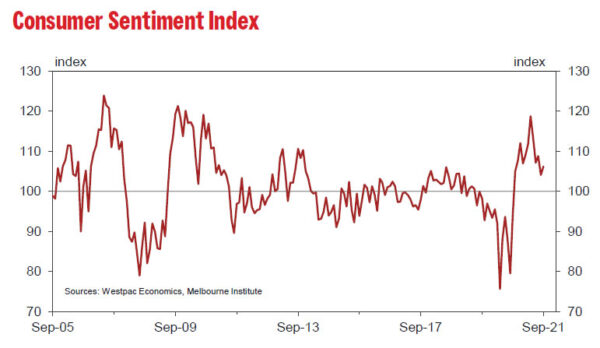

Silver heading to 22.36 support after rejection by 55 day EMA
Silver follows Gold and drops sharply this week. The development should confirm rejection by 55 day EMA and the bearish signal suggests that larger decline from 30.07 is ready to resume. Near term focus is now back on 22.36 support. Break there will target 61.8% projection of 28.73 to 22.36 from 24.86 at 20.92.
Also, the rejection by 55 week EMA also carries medium term bearish implication. The whole decline from 30.07 has the potential to drop to as low as 61.8% retracement of 11.67 to 30.07 at 18.69 before completion.